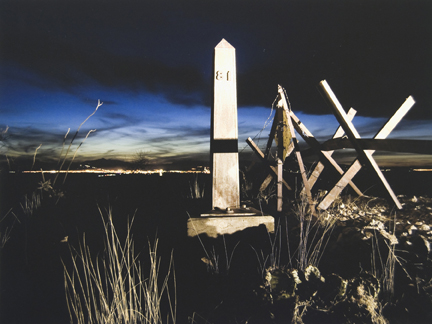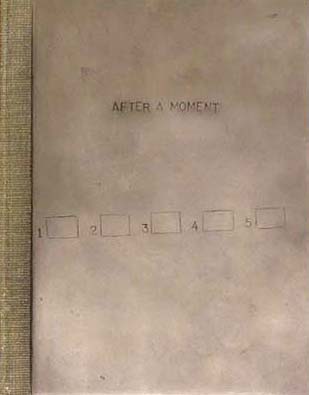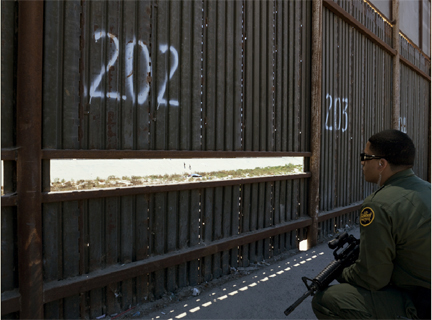About the Photographer
Taylor, David
American, b. 1965
David Taylor blurs the boundaries of documentary, portrait, and landscape photography to address complex historical and social issues. High Water (2000-2005) is a series of photo constructions examining the topography of Washington State through the lens of two catastrophic events. One event, the prehistoric Missoula Floods, was a cycle of floods starting about 15,000 years ago during the last ice age and recurring over a 2,000-year period. The other is the creation of the Columbia Basin Project, Washington State’s vast irrigation and hydropower complex, commenced in 1933 with the construction of the Grand Coulee Dam under President Franklin D. Roosevelt’s New Deal to provide power to much of the west coast. The Grand Coulee Dam provides enough water to irrigate 671,000 acres and has transformed central Washington from an arid sage steppe into fertile agricultural land, but it has also halted the migration of salmon and displaced many communities. Davis superimposes these two cataclysmic flooding events–one natural and one manmade and separated by over 12,000 years–to examine the history and mythology of the American West as embedded in the landscape. He digitally manipulates and juxtaposes his own photographs with appropriated ones from archives at the Grand Coulee Dam and the University of Washington to create photo constructions that give a sense of being documentary and subjective at once.
Taylor continues his interest in landscape as a repository for history and cultural meaning, in his project, Working the Line, which documents the U.S.-Mexico border between El Paso/Juarez and San Diego/Tijuana. Initially Taylor intended to document all 276 obelisk monuments marking the international boundary west of the Rio Grande, most of which were installed between 1891 and 1895. The project led Taylor to encounter migrants, smugglers, the Border Patrol, minutemen, and residents of the borderlands. Since beginning Working the Line in 2007–the title taken from hearing patrol agents often refer to working in the field as “line workâ€â€“the United States Border Patrol has doubled in size. The federal government has constructed over 600 miles of pedestrian fencing and vehicle barrier, placing the border under constant surveillance. Taylor gained remarkably broad access to photograph activities in Border Patrol stations, resulting in images offering complex insight into what operations in the Border Patrol look like, the ensuing human drama, and its effects on the landscape.
David Taylor completed an MFA in visual design and photography at the University of Oregon (1994) and a BFA in studio art and photography at Tufts University and The School of the Museum of Fine Arts, Boston (1989). He has exhibited nationally, including solo and two-person exhibitions at the El Paso Museum of Art, TX (2001, 2011); Palace of the Governors/New Mexico History Museum, Santa Fe (2010); SPAS Gallery, Rochester Institute of Technology, NY (2008); and Northwest Museum of Art and Culture, Spokane, WA (2002). His work is held in many collections, including the Portland Art Museum, OR; Texas Woman’s University, Denton; Washington State Arts Commission, Olympia; and the El Paso Museum of Art, TX. Taylor has completed major commissions for the U.S. Border Patrol Station in Van Horn, TX, and the United States Courthouse in Las Cruces, NM. Awards include AIGA, 50 Books/50 Covers (2011); International Photography Awards, Gold and Silver Metals (2010); and Critical Mass Top 50 (2009). Working the Line was supported by a 2008 John Simon Guggenheim Memorial Foundation Fellowship, and Radius Books released a monograph by the same title in 2010. Taylor has been a professor at New Mexico State University, Las Cruces, since 1999.




